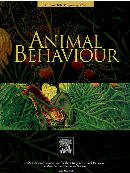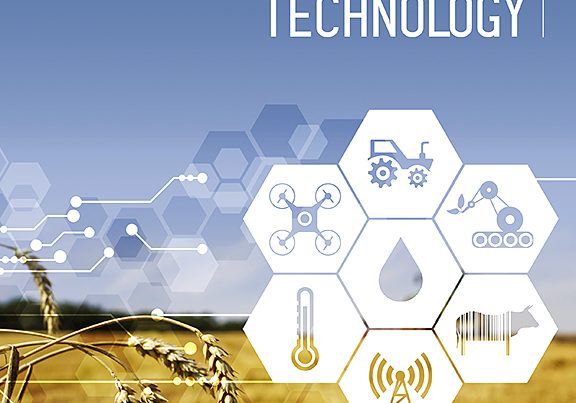Document type: Scientific review published in Animal Behaviour
Author: Andrew C.Gallupa
Preview: Yawning is a stereotyped action pattern that is prevalent across vertebrates. While there is growing consensus on the physiological functions of spontaneous yawning in neurovascular circulation and brain cooling, far less is known about how the act of yawning alters the cognition and behaviour of observers. By bridging and synthesizing a wide range of literature, this review attempts to provide a unifying framework for understanding the evolution and elaboration of derived features of yawning in social vertebrates. Recent studies in animal behaviour, psychology and neuroscience now provide evidence that yawns serve as a cue that improves the vigilance of observers, and that contagious yawning functions to synchronize and/or coordinate group activity patterns. These social responses to yawning align with research on the physiological significance of this behaviour, as well as the ubiquitous temporal and contextual variation in yawn frequency across mammals and birds. In addition, these changes in mental processing and behaviour resulting from the detection of yawning in others are consistent with variability in the expression of yawn contagion based on affinity and social status in primates. Topics for further research in these areas are discussed.
Publication discussed in an article published in Science on 24 May 2022: Why yawns are contagious-in all kinds of animals




